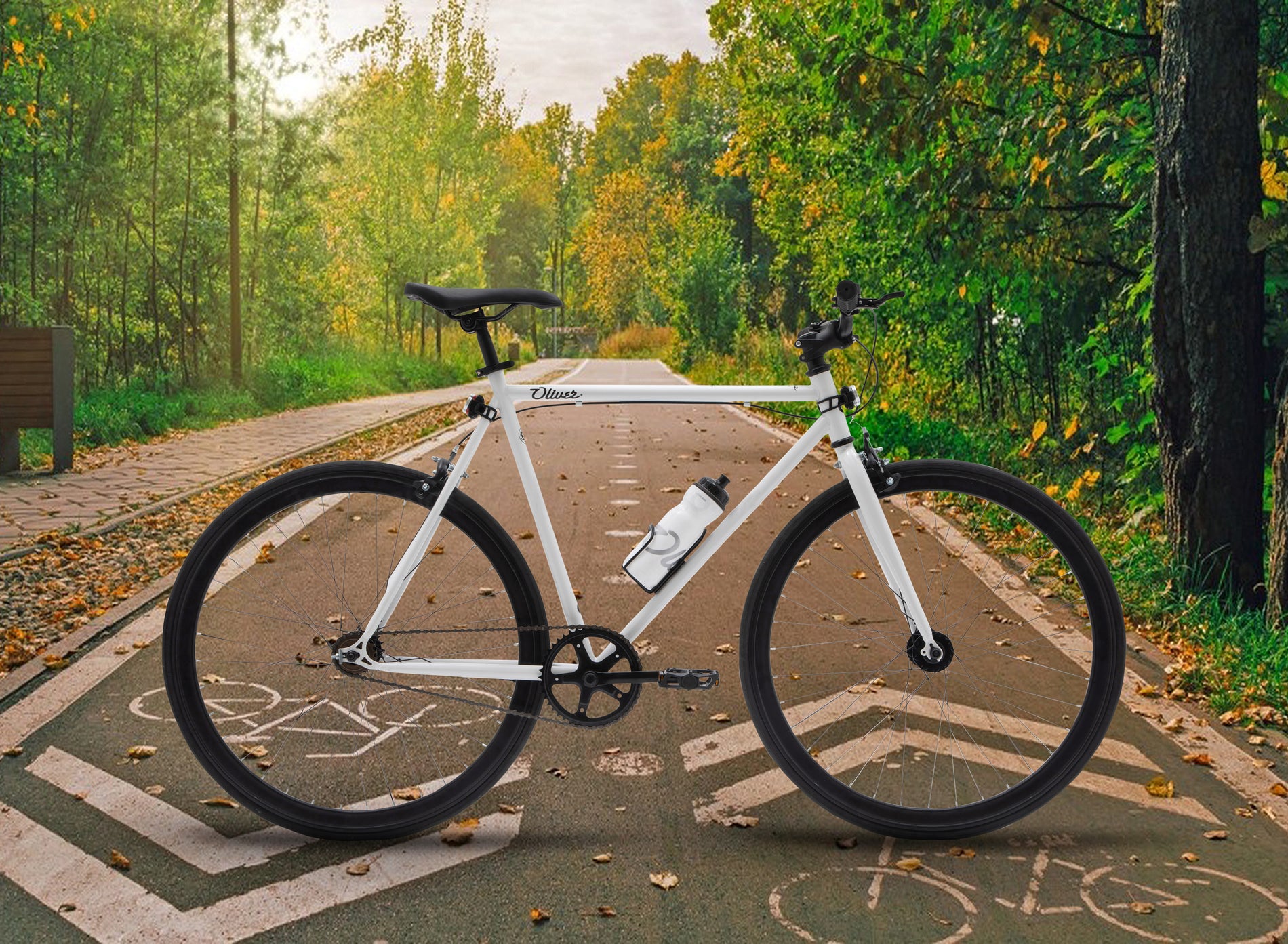6 Tips to help you recover from your rides
One of the most common mistakes cyclists make when taking long rides, or pushing themselves further and further each time they cycle, is under recovering after.
When you train, you stress your body and break down your muscles. Your broken down muscle requires repairing, which is part of the adaptation process – repairing your muscles stronger than they were before. This results in your body, and specifically your leg muscles being able to withstand increased strain, allowing you to produce more power for longer.
It is this ‘cycle’ of muscle breakdown and repair, which allows you to push harder during your next training block and make that next step towards achieving your goals.
How many rest days should I build into my training?
Finding the balance between rest and training can be trickier than it sounds. Too many rest days and you’ll risk getting too used to not riding, too few and you’re at risk of overtraining. We’ve found the best way to know if you need a rest day is to listen to your body. Some signs to look for when knowing you need a rest day are feeling mentally or physically too tired, not being able to hit your goals and elevated heart rate. Searching for these may be hard for a lot of people but it comes with practice and fully understanding what your body needs. Below you will find some tips we’ve tested and tried ourselves when learning to recover from a long cycle.
Hydration
Drinking and keeping your body hydrated is one of the most important parts of exercise and keeping yourself healthy after. While most of us drink little and often on the bike, after a hard or long training session and in warmer weather, dehydration is likely, making it harder for your heart to pump blood and oxygen around your body, slowing the recovery process.
When you get back from a shorter, easy ride drinking water should be enough but if it’s been a tough day in the saddle, you’ll want to replace some of the electrolytes – such as sodium – which you’ve lost too.
Always Cool Down
99% of us have been guilty of hopping straight off our bikes after a tough workout. A cool-down may take extra time but ending each bike ride with at least 10 minutes of easy cycling helps the body return to its pre-exercise state, aiding the recovery process.
Elevate Your Legs
If you’ve just done a hard training ride, lying down with your legs against a wall can help drain fluids that may be pooling in the legs, reduce swelling and also gently stretch your hamstrings, all helping with recovery. If you’re feeling faint or dizzy, it will also get blood flow back to the brain. British Cycling recommends aiming to stay there for five minutes for every hour ridden.
Fuel up on carbs and protein
Nutrition is a key weapon in your recovery arsenal. Taking on protein straight after a session will give you the best chance of repairing and rebuilding muscle. After a long session you should also try and eat a little more carbs to replace the energy lost during exercise and will also help you to boost your glycogen stores, while more protein will help repair muscles and muscle soreness. The best time to start refuelling is within 30 minutes of exercise so if you don’t want to have a full meal grab something quick and easy like a granola bar.
Sleep
This is one of the easier things to do when it comes to resting after a cycle because who doesn’t feel like they need it after hours on the roads?! Sleep is the body’s prime time to start the process that makes your muscles stronger! Aim for 8 hours of sleep at night as a minimum – if you can get 9 or 10 hours, fantastic.
If you still want to be active, don’t take it too hard
Just because your next workout is a swim or run, doesn’t give you the green light to go hard. Your body is still recovering, so make sure you keep it smooth. After a long ride, you may even feel like lying on the couch all day, but a little movement will do you some good.
Going for a leisurely ride the day after your big ride can help your body’s recovery process. Head to your favourite coffee shop or ride the scenic bike path near your home. Going for a swim will also help loosen up your muscles and swimmings low impact is good for your body.
We hope some of these tips have given you some insight and helpful tips into the importance of recovering from your rides. Don’t forget to always listen to your body and enjoy!


